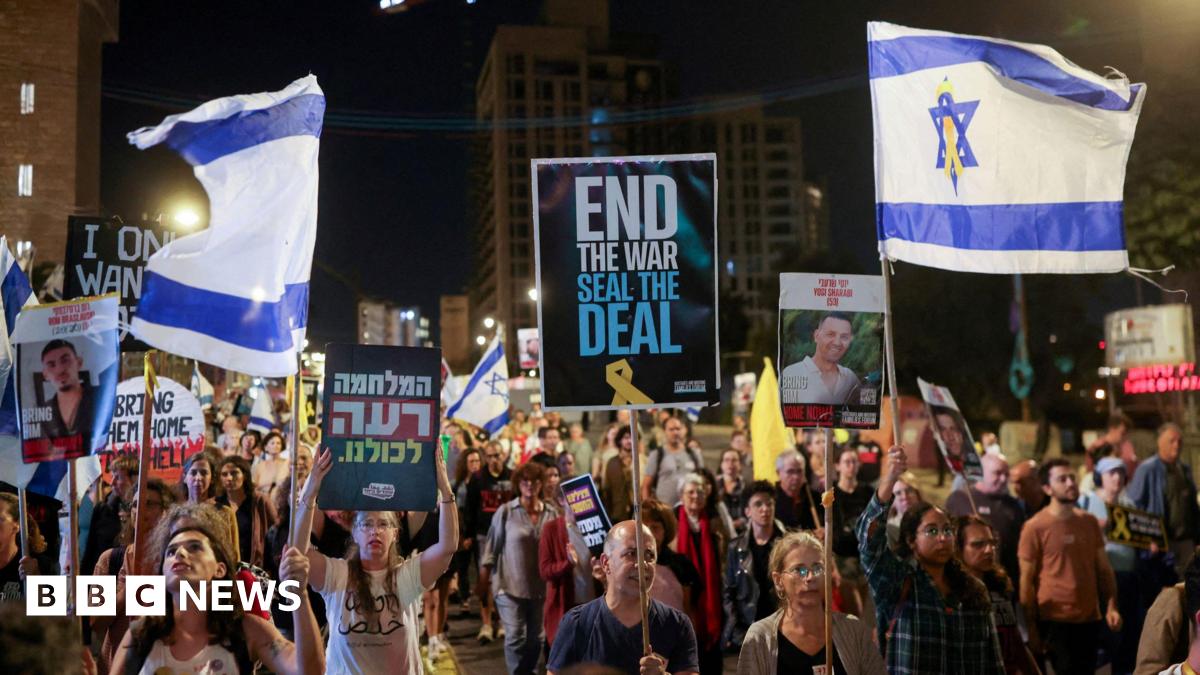Hamas was under pressure to accept at least some points of Trump’s plan. And this is exactly what they have done, with a “yes but” response. The group agreed to release all the remaining Israeli hostages, both living and dead, and that Gaza would be governed by technocrats.
But, among other things, the group did not mention whether it would disarm – a key Israeli demand.
In both Gaza and Israel, there has been cautious optimism that the current efforts could finally lead to a deal. One of the main differences now is the personal involvement of Trump, keen to be remembered – and rewarded – as the man who ended the war.
He has publicly urged Hamas to accept a deal, threatening even more military force, and there have been indications of his growing irritation with Israel’s leadership recently. But it is unclear if the Trump effect will be enough.
The reality is that the obstacles that prevented earlier deals essentially remain the same, including Hamas’ demand for a full Israeli withdrawal and a guarantee that Israel will not resume the war after the hostages are freed. The group knows it will be vulnerable without the hostages and will without doubt demand strong assurances that that will not happen.
There are suspicions elsewhere too. Many, inside and outside Israel, have accused Netanyahu of sabotaging previous efforts to prolong the war for political purposes.
He is supported by ultranationalist ministers who have threated to quit the coalition if the war ends without Hamas’ total defeat. That could lead to the collapse of the government. For now, the prime minister seems to be safe.
